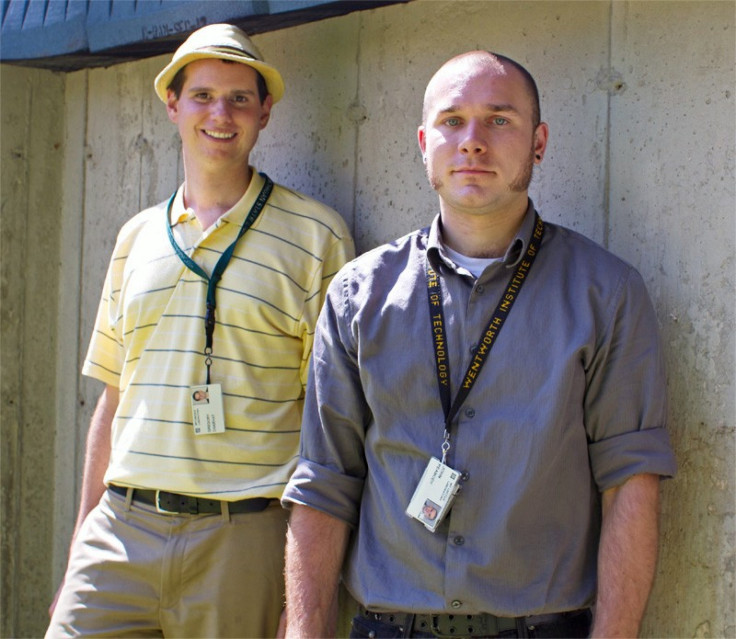MIT Researchers Developing Radar that Sees Through Walls

X-ray vision has long been the dream among comic-book fans. Thanks to two MIT Lincoln Laboratory researchers the goal may be closer to reality than a horrible lab accident or a dubious back-page send away.
John Peabody and Gregory Charvat are working on a new radar device designed to see through walls. X-rays work in medicine because they pass through flesh and water easily, but are deflected by dense bone. That is why bone and metal show up as bright objects on X-ray film. However, not many waves or rays penetrate concrete walls, so they are a lot harder to see through.
To overcome this problem Charvat and Peabody have developed a two-row antenna array of eight receivers and 13 transmitters. It is all held together on a cart along with some computing equipment.
One difficulty they had was concrete blocks out more than 99 percent of the waves that pass through it. Then on the return trip another 99 percent is also blocked. So when the signal returns to the array it is already 0.0025 percent weaker than its original transmission.
That problem by itself wasn't too hard to overcome since signal amplifiers are cheap. Given enough time they could get a pretty good picture of what is on the other side of the wall. However, the two envision the technology will be used in urban combat situations. So the system has to provide quick feedback with a feasible range and resolution.
"If you're in a high-risk combat situation, you don't want one image every 20 minutes, and you don't want to have to stand right next to a potentially dangerous building," Charvat said on the MIT Web site.
The device is now able to show a real-time image at about 11 frames per second.
Another combat restriction constrains how long the antenna can be. Longer wavelengths can penetrate walls better but also require longer antenna to pick them up. Since they didn't want a huge antenna, they settled on an 8-foot receiver. That works since they envision the system being mounted on vehicles. However, the S-band waves it can pick up are fairly short; about the same wavelength as wireless Internet. So signal lose is pretty significant.
Even with those problems solved, another big difficulty is the wall will always show up as the brightest part of the image. So Charvat and Peabody used an analog crystal filter. When radar bounces off an object it changes the radar's wavelength. The crystal filters out the walls specific wavelength, effectively deleting the wall.
The device definitely has some limitations. For one, people show up as ill-defined blobs. The system can only show moving targets because of the way its processes information. Though, since people always move a little, it will show them even if they are trying to stand still. Also the blobs move about the screen in a weird bird's-eye perspective, as if the viewer was standing on the wall and looking down. Charvat and Peabody are hoping to create an algorithm that converts the blobs into user-friendly icons.
"To understand the blobs requires a lot of extra training," Charvat said.
The two hope the technology will also be useful in emergency-response operations when people are trapped beneath rubble.
© Copyright IBTimes 2025. All rights reserved.





















